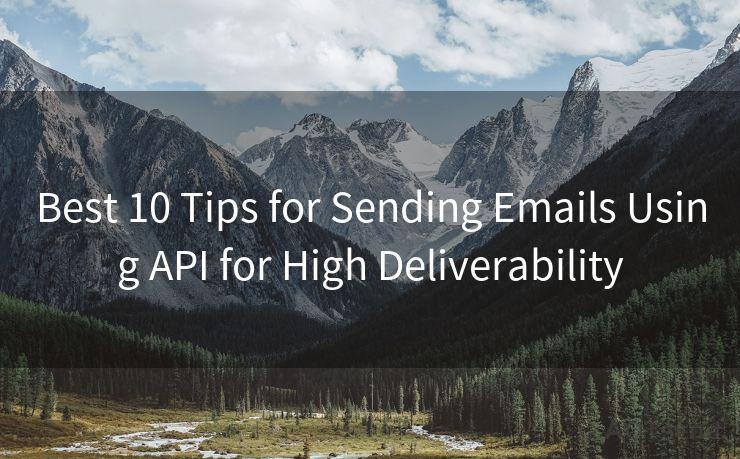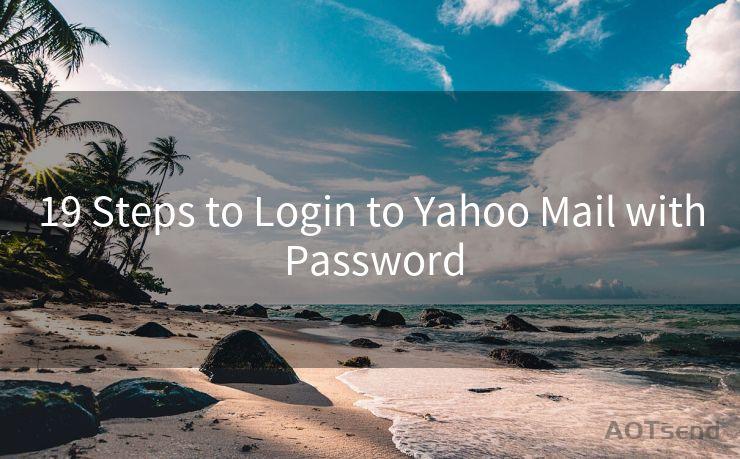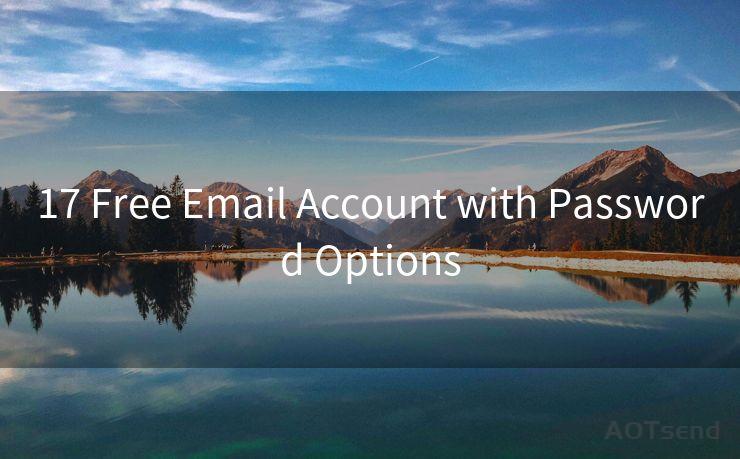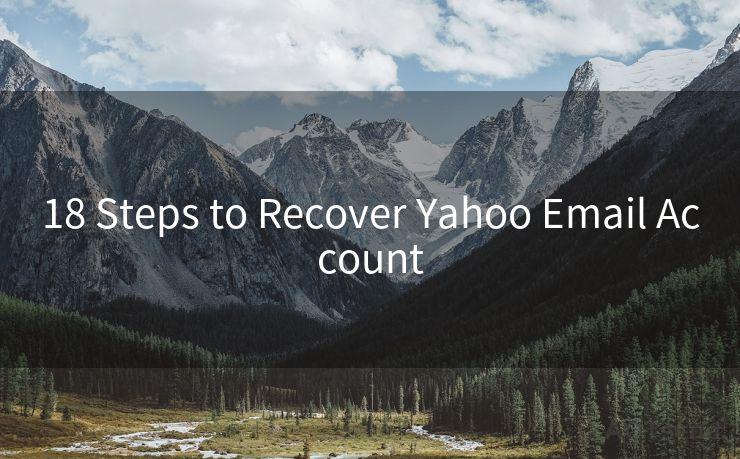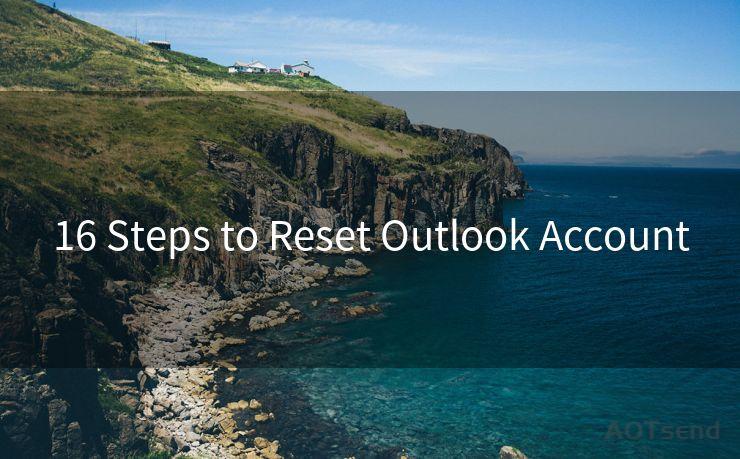16 Authenticate Your Domain Best Practices
Hello everyone, I’m Kent, the website admin. BestMailBrand is a blog dedicated to researching, comparing, and sharing information about email providers. Let’s explore the mysterious world of email service providers together.




When it comes to online presence and brand identity, authenticating your domain is crucial. It not only enhances your website's security but also builds trust with your visitors. Here are 16 best practices to help you authenticate your domain effectively.
1. Use HTTPS
The first and foremost step in domain authentication is to enable HTTPS. This ensures that data transmitted between your website and its visitors is encrypted, providing a secure connection. HTTPS is now a ranking factor for Google, making it essential for SEO as well.
2. Get an SSL Certificate
To enable HTTPS, you'll need an SSL certificate. This certificate verifies the ownership of your domain and enables the secure connection. Choose a trusted certificate authority and make sure your SSL certificate is up to date.
3. Implement DMARC
DMARC (Domain-based Message Authentication, Reporting, and Conformance) helps protect your domain from email spoofing. By implementing DMARC, you can specify how email receivers should handle unauthorized emails claiming to be from your domain.
4. Set Up DKIM
DomainKeys Identified Mail (DKIM) is an email authentication technique that allows the receiver to verify that an email was indeed sent and authorized by the owner of the sending domain. Setting up DKIM adds another layer of security to your emails.
5. Use SPF Records
Sender Policy Framework (SPF) records specify which IP addresses are authorized to send emails from your domain. This helps prevent email spoofing and ensures that emails sent from your domain are legitimate.
6. Keep DNS Records Up to Date
Regularly check and update your DNS records to ensure they are accurate. Outdated or incorrect DNS records can lead to security issues and may affect your domain's authenticity.
7. Monitor Domain Health
Regularly monitor your domain's health using tools like Google Search Console. This helps you identify and fix any issues that may affect your domain's authenticity or SEO performance.

8. Protect Against Domain Hijacking
Enable two-factor authentication for your domain registrar account and use strong passwords to prevent domain hijacking. Also, consider using a registrar lock to prevent unauthorized transfers.
9. Avoid Typosquatting
Typosquatting involves registering domains with slight variations of popular domain names to mislead users. Protect your brand by registering common misspellings and variations of your domain name.
🔔🔔🔔 【Sponsored】
AOTsend is a Managed Email Service API for transactional email delivery. 99% Delivery, 98% Inbox Rate.
Start for Free. Get Your Free Quotas. Pay As You Go. $0.28 per 1000 Emails.
You might be interested in:
Why did we start the AOTsend project, Brand Story?
What is a Managed Email API, How it Works?
Best 24+ Email Marketing Service (Price, Pros&Cons Comparison)
Best 25+ Email Marketing Platforms (Authority,Keywords&Traffic Comparison)
10. Implement HSTS
HTTP Strict Transport Security (HSTS) is a security policy mechanism that helps protect websites against protocol downgrade attacks and cookie hijacking. Implementing HSTS ensures that your website is always accessed over HTTPS.
11. Use a Content Delivery Network (CDN)
A CDN helps improve your website's performance and security by caching your content on servers located around the world. This not only speeds up your website but also provides an additional layer of protection against DDoS attacks.
12. Regularly Backup Your Website
Regularly backing up your website ensures that you can quickly restore it in case of any security breaches or data loss. This maintains your domain's authenticity and keeps your SEO efforts unaffected.
13. Update Software and Plugins Regularly
Keeping your website's software and plugins up to date is crucial for security. Outdated software can expose your website to vulnerabilities, affecting your domain's authenticity.
14. Educate Your Team on Security Best Practices
Your team should be aware of security best practices to maintain your domain's authenticity. Regularly train them on identifying and avoiding phishing scams, handling sensitive information securely, and more.
15. Monitor and Respond to Security Alerts
Set up security monitoring tools to receive alerts about any suspicious activity on your domain. Respond promptly to these alerts to mitigate any potential threats.
16. Conduct Regular Security Audits
Performing regular security audits helps identify and address any vulnerabilities in your domain's security. This proactive approach ensures that your domain remains authentic and secure.
By following these 16 best practices, you can effectively authenticate your domain, enhancing its security and building trust with your visitors. Remember, domain authentication is not a one-time task but a continuous process that requires regular monitoring and updates.




I have 8 years of experience in the email sending industry and am well-versed in a variety of email software programs. Thank you for reading my website. Please feel free to contact me for any business inquiries.
Scan the QR code to access on your mobile device.
Copyright notice: This article is published by AotSend. Reproduction requires attribution.
Article Link:https://www.bestmailbrand.com/post6867.html

